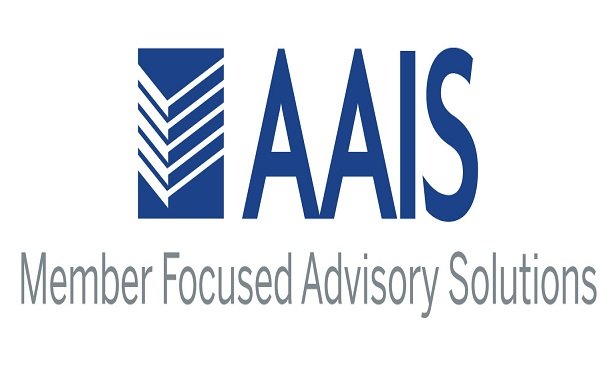NU Online News Service, March 2, 3:47 p.m.EST
|The unilateral decision by officials of the National Associationof Insurance Commissioners (NAIC) to broaden the use of the Systemfor Electronic Rate and Form Filing (SERFF) to include regulatorypurposes is coming under strong fire from industry tradegroups.
|In a letter dated Feb. 22, four industry trade groups voiced“grave concern” with an NAIC executive committee memorandum filedDec. 6., which stated that “there is nothing that precludes the useof SERFF for regulatory purposes beyond rate and form filing.”
|The groups' concern was triggered when the states requested touse SERFF to support creation and operation of health-insuranceexchanges, which under the healthcare reform law will go intooperation in 2014.
|The December memorandum approved the use of SERFF inimplementing and running the exchanges.
|But the Dec. 6 memo raised additional concerns by stating,“Furthermore, some state-insurance regulators have requested thatSERFF be used for other non-rate and form filing purposes.”
|The memo adds, “In fact, a handful of states have implementedSERFF for alternative purposes. We understand that on an Oct. 5,2011 conference call, the SERFF board expressed support forallowing the use of SERFF for alternative purposes.”
|Such additional uses include annual reports (advisoryorganizations, financial, etc.) and utilization review filings.“The NAIC executive committee hereby states their full support foralternative uses of SERFF, recognizing that the use of SERFF forfiling submission, review and approval should not be compromised inthe process, and directs the [SERFF] board to continue to supportthese purposes on a going-forward basis, keeping in mind that theboard's responsibilities are limited to rate and form filing.”
|That goes to the heart of the industry concern that, “what theNAIC's current position means is that if the SERFF board voted tooppose a fee increase with a supermajority vote, such action wouldbe sent to the NAIC Executive Committee, which could overturn it,”one source says.
|“With so many states now mandating the use of SERFF, theSERFF board being limited to an advisory function is a significantchange,” the source adds.
|The source says that a primary concern is that the “NAIC couldgreatly expand its revenues through increases in SERFF fees andcould expand SERFF into a tool to collect additional data, as hasbeen suggested in the past.”
|In their letter, the trade group officials state, “ Both thetone and substance of the Memorandum suggest an NAIC ExecutiveCommittee view regarding the role of the SERFF board and industryin future SERFF governance to which the insurance associations mustrespectfully, yet strongly, object.”
||The letter adds, “The NAIC Executive Committee states in its12/6/11 Memorandum that the SERFF Board is an advisory committeeand repeatedly directs the SERFF Board to support certain uses ofSERFF or to take certain actions that conflict with the expresslanguage of the SERFF bylaws.
|“These statements also appear dismissive of the past partnershipbetween the industry and the regulators which has led to SERFF'ssuccess,” the letter says.
|The issue was discussed this morning at one of the openingsessions of the NAIC's spring meeting, being held inNewOrleans.
|The topic has been simmering for more than two years. Accordingto industry officials. The NAIC wants to amend the bylaws of itsSERFF system so that the joint industry-regulatory board that nowgoverns SERFF would become an advisory function to the NAICExecutive Committee, according to several industry officials whoasked not to be named.
|The NAIC sees this as an issue of corporate governance,according to these sources.
|According to these officials, the industry's perspective isthat regulators and the industry originally had considered anumber of ways to structure SERFF when it was organized, and agreedto house it at the NAIC so long as there were safeguards to preventpublic disclosure of SERFF filings and prevent the use of SERFF forother purposes and as well as assuring that SERFF fees werereasonable and used only for SERFF purposes rather than tosubsidize other NAIC activities.
|The source says that those safeguards were institutionalized inthe SERFF bylaws through super-majority voting requirements (10 of13) on any fee increases or major changes in SERFF operations.
Want to continue reading?
Become a Free PropertyCasualty360 Digital Reader
Your access to unlimited PropertyCasualty360 content isn’t changing.
Once you are an ALM digital member, you’ll receive:
- All PropertyCasualty360.com news coverage, best practices, and in-depth analysis.
- Educational webcasts, resources from industry leaders, and informative newsletters.
- Other award-winning websites including BenefitsPRO.com and ThinkAdvisor.com.
Already have an account? Sign In
© 2024 ALM Global, LLC, All Rights Reserved. Request academic re-use from www.copyright.com. All other uses, submit a request to [email protected]. For more information visit Asset & Logo Licensing.








